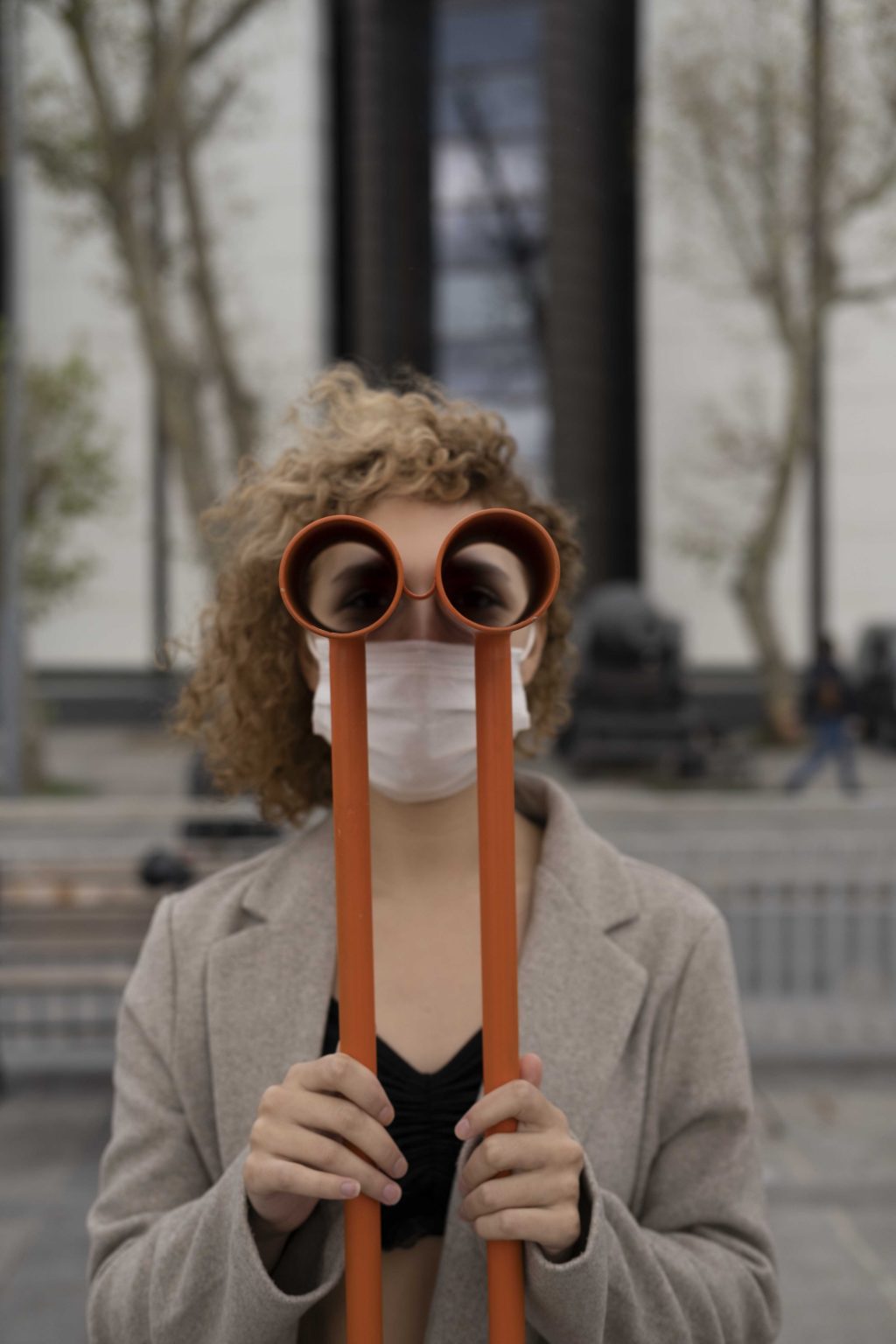Designs of Empathy
The global pandemic, climate crisis, economic imbalances, and the depleted capitalist model of production that we face today, forces us all to think critically about the present and the future, to question our existence as human beings. Such a change in social life due to human behavior calls for a radical transformation of our relationship with each other and with every other living and inanimate object around us. The 5th Istanbul Design Biennial, organized by the Istanbul Foundation for Culture and Arts and for which Digilogue is the experience sponsor, put empathy, the only emotion that has the power to transform the world, to its center and responds to the call through designs.
Curated by Mariana Pestana, the Biennial titled “EMPATHY REVISITED: DESIGNS FOR MORE THAN ONE” believes in the healing power of creating a space that centers responsibility today, developing a culture based on connecting with things more than human. Empathy-infused designs lead us to see life from another perspective, to think of more than one body and dimension. The main themes of the biennial are based on empathy and responsibility, referring to sociality, collective consciousness rather than human, individuality, and asks all of us to re-evaluate our daily behavior with a new perspective. Digilogue, on the other hand, adds another digital layer to this transformation that can be experienced in all areas of life, providing us with an experience to see the world through the eyes of abstract images, thanks to new generation technologies and augmented reality. Digilogue does this by re-interpreting the biennial curation approach, with a series of Instagram filters and transforming one of the artworks in the program into an augmented reality experience.
Empathy Aura and Empathy Plane filters, designed by Meltem Şahin, were created based on the Biennial identity and theme of color. Empathy Aura is inspired by the practice of taking pictures of electromagnetic fields surrounding the body and displays the feeling of empathy in green. The filter is used to find out what one’s aura of empathy is and shows the keywords of the biennial program as categories. Empathy Plane is an animated plane that emphasizes the phrase “empathy revisited.” The filter is an augmented reality plane that can be placed wherever the user wants. Another layer added to the environment reminds people of a layer of empathy that must be added to each mind.
“Behind Shirley” filter, designed by Ibiye Camp, unites the world-changing social uprising Black Lives Matter movement and the COVID-19 pandemic together. The filter criticizes the fact that the faces of non-white people in digital face recognition systems still cannot be identified due to a separatist, systemic buildup, and reveals the flaws of standardized templates in the industry. She points out that in the technology sector, which develops with the social prejudices of engineers, most of whom are white, in order for artificial intelligence to be used in many sectors in the future to be egalitarian, more diverse designers should work with large data pools in more than one dimension. It also acts as a mask, underlining the ongoing global pandemic.
The artwork combined with augmented reality, “Public Devices for Therapy” is designed by Soraia Teixeira. The aim of the project is to be able to rebuild human relationships that were injured as a result of physical contact that was suddenly limited during the pandemic within the framework of confidence in accordance with the new normal. Considering that objects act as intermediaries between the world and people, it is promising to be able to reunite with objects in these difficult times when we are increasingly moving away from our social environment and starting to break away. Believing that well-intentioned designs will contribute to the construction of a more egalitarian, trusting, and responsive society, Teixeira calls on us all to connect in new ways with this series of sculptures placed on Besiktas Pier. Another way to connect beyond objects is through Digilogue’s collaboration. Combined with augmented reality, the project gives us space to contact and come together with each other in a way that we have perhaps never experienced before.

To experience inspiring works that offer a hopeful solution to today’s developments with their philosophy, go to Digilogue’s Instagram page, scan the QR code of Teixeira’s work to experience augmented reality in Besiktas Pier or wherever you want.